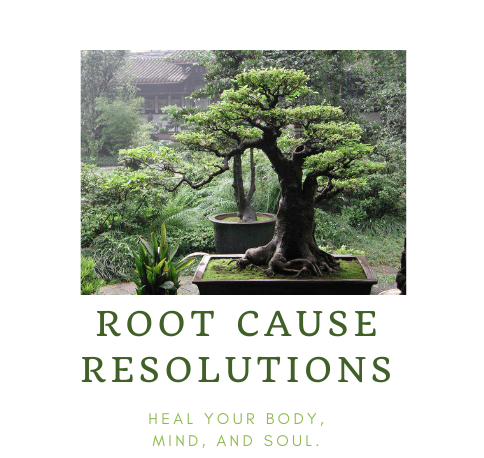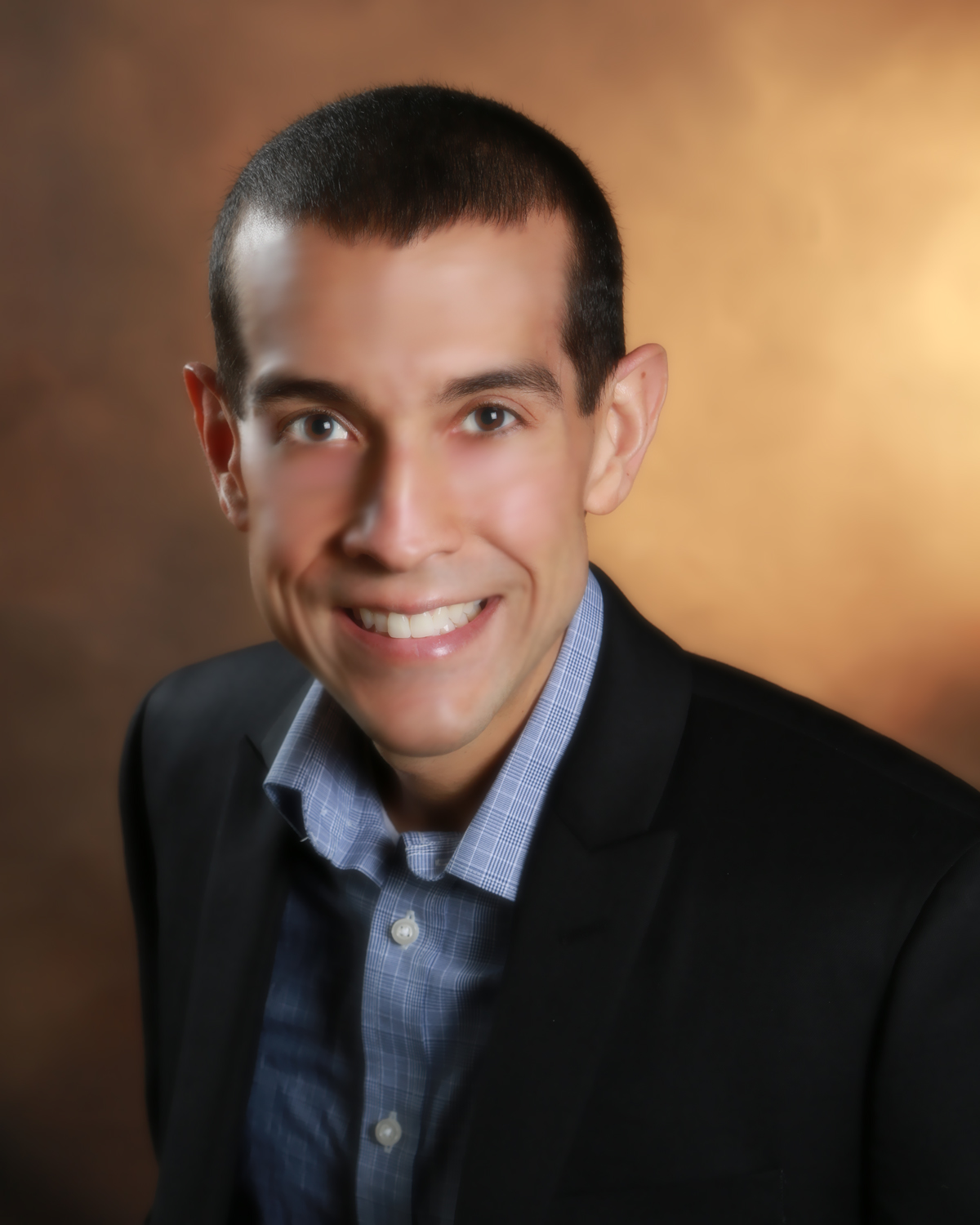Unless you’ve been living in a remote cave or have taken a vow of silence (both possibilities, but not probabilities), you probably have an affinity for and derive some pleasure from music. And unless you’re fully and consciously creating the life that you envision for yourself, you have not caught my play on words in the title of my blog (i.e., Van Halen’s “Right here, right now”). Did you know though that music more than the acoustic and sensory experience that delights you and uplifts you, can also be the soothing balm for your heart and soul during a moment of pain and can unify a diverse group of people regardless of race, sex, gender or color (often referred to as the “universal language”)? We are after all primed and hard wired for music and its healing abilities (i.e., Babies Rely on Mother’s Voice and Heartbeat To Develop Healthy Brains, Why the Brain Enjoys Music).
Several traditions throughout the world have used sound and music as part of initiations or different ceremonies (i.e., wedding vows, funerals, drum circles, graduations, etc.). Sound and music work by entraining your brain’s brainwaves and shifting or stabilizing its variable frequencies (i.e., alpha, beta, theta, gamma, delta). It also helps to enhance or balance neurotransmitters like serotonin.1
Researchers have suggested its therapeutic potential to increase your body’s immune response and natural production of opiates, lower blood pressure, lower heart rate variability and even to lessen pain in people undergoing chemotherapy and treat Parkinson’s disease.2,3.
Ancient healers and mystics have long known and used sound for its soothing and medicinal effects (i.e., Chakra healing, Tibetan singing bowls, chanting, blowing into a didgeridoo). Of course, as with all things, humans have evolved and made advancements with the use of sounds for their therapeutic effects.
Holosync , a brain wave entraining sound technology developed by Bill Hariss who founded the Centerpointe Research Institute, is one such example of how sounds can be used to induce deep states of calm and help you to develop insights into your patterns of distress and dis-ease, much like traditional meditation practices. I personally have been using Holosync for several years and give it credit for helping me to face life’s many challenges with ease while maintaining my equanimity.
The Tomatis® Method is a different example of how sounds can be used to induce therapeutic changes in your brain (The Tomatis® Method is a natural approach to neurosensory stimulation. It was developed by the French doctor and researcher, Alfred Tomatis.) and has been used successfully throughout the world to help people who experience attention disorders like ADD/ADHD, OCD, and even cases of Autism Spectrum Disorders and Multiple Sclerosis. Many case studies and published research articles have validated Dr. Tomatis’ work.
Listening to music helps you to focus. It also enhances and elevates the release of your body’s stored “feel good” neurotransmitter dopamine like when you fulfill a basic need for food, sleep or sex.
So the next time you “crave” some nefarious or toxic substance (e.g., alcohol, cocaine, “junk food”) or feel anxious and depressed, turn up the volume instead . . . maybe even dance a little bit and feel good!
To your health and success,
Dr. Sandoval
1. M.H. Thaut (2005). Rhythm, Music, and the Brain: Scientific Foundations and Clinical Applications.
2. M.N., Gaynor, M.D. (2002). The Healing Power of Sound: Recovery from Life-Threatening Illness Using Sound, Voice, and Music
3. J. Leeds (2010). The Power of Sound: How to Be Healthy and Productive Using Music and Sound.




